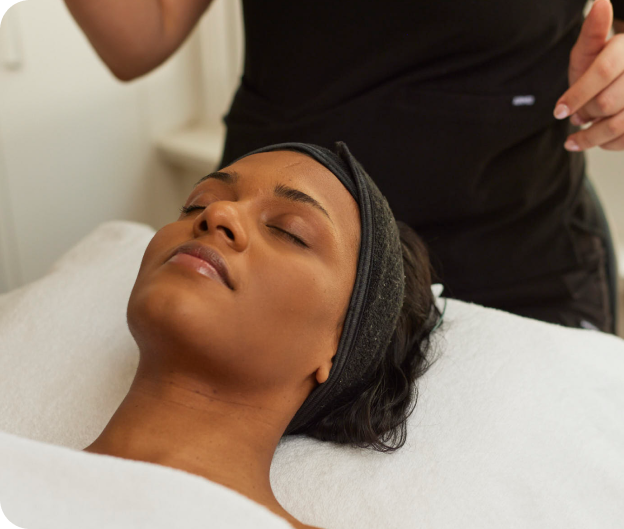
Pic @ jesspurchase
The mercury is rising and inevitably the skin experiences changes in response to the environmental changes around us. Join Skindepth as we take you through the most common skin responses you can expect over the coming months.
1. In summer we will all naturally produce more sebum (oil within the pores). If the weather is both hot and humid it is also likely we are going to sweat more. When we sweat we are more likely to attract dust and dirt onto the skin which can lead to blocked pores and unfortunately a greater susceptibility to breakouts. Additionally, increased oil, sweat and dirt sitting in the pores can cause them to stretch over time. Do not despair, there are some simple things we can do to at home keep the skin healthy and prevent blockages:
- Switch to a gel based cleanser as a way to manage more oily prone skin
- Use a salicylic acid serum or skincare product containing this ingredient (salicylic acid will help dissolve the oil)
- Use a vitamin A in the evening to help shrink the sebaceous glands responsible for producing excessive oil
- Use light weight lotions/serums or fluid sunscreens and moisturisers over thicker creams.
2. Inflammation and rashes are more common in the warmer months. Among them is heat rash, which happens when sweat ducts get closed off, trapping the moisture under the skin and leading to a rash made up of bumps and inflammation. Skin conditions such as eczema and psoriasis can be troublesome due to reduced ventilation caused by hot and sweaty conditions. It is important to choose clothing that encourages air flow (such as cotton) as well as cooler environments with air conditioning to ensure you can regulate your temperature.
3. In summer there is greater exposure to the sun and UV light. When we are exposed to UV light the risk of pigmentation (such as freckling) and vascular discolouration increases. Unprotected exposure to sunlight is the major causes of wrinkles and premature aging and skin discolouration. It is imperative that sunscreen is part of your daily skincare routine, even if you do not anticipate being outside. Sunlight and UV exposure can still occur in cars, houses and offices via windows. Protect your skin from the sun with sensible clothing, a hat and of course the number 1 skincare, SPF 50+ sunscreen. If possible try to avoid direct sunlight exposure.
4. During the summer months we tend to swim more which means we are exposed to both salt and chlorinated water. Although salt water can be quite beneficial for the skin, it can also be quite dehydrating. When you are finished at the beach or pool, always rinse off with a quick shower to remove left over salt or chlorine. After showering, apply a hydrating moisturiser as the skin is more susceptible to absorption.
5. Stay hydrated on the inside. We have heard it so many times but how we regulate our insides is largely reflected in the skin. Ensure you stay hydrated with plenty of fluid, ideally water. Water is best served at room temperature. The digestive system works far more effectively when consuming drinks at room temperature opposed to icy cold. Cold drinks in fact restrict the vessels and can reduce absorption.
If you are looking for some treatments to support your skin care at home, we recommend LED light therapy to reduce excess oil production and extractions to help remove any blocked pores. Gentle enzyme or chemical peels are both wonderful summer treatments helping to resurface the skin and improve texture. Try to stay away from strong laser treatments or IPL during summer as the skin becomes extra sensitive to the sun which can lead to further skin damage.
If your finding that your skin is changing and not sure how to manage it, come in for a skin consultation with our Dermal Clinicians Lily or Amelia. They can assess your skin concerns and provide a customised skin plan to get your skin glowing.
